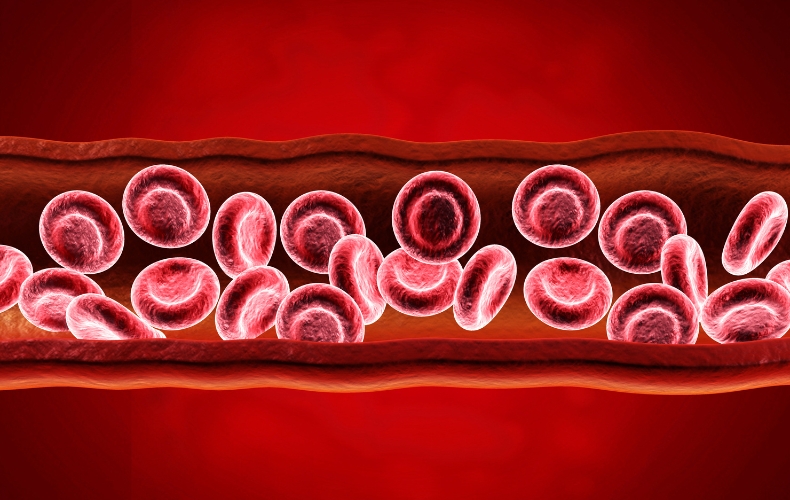
Cord blood, the blood collected from the umbilical cord of a newborn, is a remarkable source of stem cells with immense potential for medical treatments. This guide aims to educate expecting parents about the life-saving potential of cord blood, shedding light on its possible applications in medical therapies.
Understanding Cord Blood
Cord blood is rich in hematopoietic stem cells, which have the unique ability to transform into various types of blood cells. These stem cells play a crucial role in the formation of the blood and immune systems. Unlike embryonic stem cells, obtaining cord blood is non-invasive and poses no ethical concerns.
Life-Saving Potential
1. Treatment of Blood Disorders
Cord blood transplants have proven highly successful in treating various blood disorders, such as leukemia, lymphoma, and anemia. The stem cells can replace damaged or malfunctioning cells, offering a potential cure for these conditions.
2. Immune System Restoration
The immune-regenerative properties of cord blood make it a valuable resource for treating immune system disorders. Transplants can help rebuild a compromised immune system, providing new hope for patients with conditions like severe combined immunodeficiency (SCID).
3. Neurological Disorders
Ongoing research explores the potential of cord blood in treating neurological disorders, including cerebral palsy and certain types of brain injuries. Preliminary studies suggest that cord blood stem cells may contribute to neural repair and regeneration.
4. Research into Regenerative Medicine
Cord blood is a focal point in regenerative medicine research, with scientists investigating its potential in treating conditions beyond blood disorders, such as diabetes, heart disease, and autoimmune disorders.
Mesenchymal Stem Cells (MSCs)
Cord blood also contains mesenchymal stem cells (MSCs), a versatile type of stem cell with the ability to differentiate into bone, cartilage, and adipose tissue. MSCs exhibit immunomodulatory properties, making them promising candidates for treating autoimmune disorders and promoting tissue repair.
Very Small Embryonic-Like Stem Cells (VSELs)
Another intriguing population found in cord blood is very small embryonic-like stem cells (VSELs). These rare cells are believed to have pluripotent capabilities, similar to embryonic stem cells. Research is ongoing to explore their potential in regenerative medicine and tissue repair.
Storing Cord Blood
Expecting parents can choose to bank their baby’s cord blood in public or private cord blood banks. Private cord blood banking ensures that the cord blood is reserved for the family’s use, while public banking contributes to the global pool of cord blood available for transplantation.
World Cord Blood Day Conference
You’re invited to the Free Online Conference for World Cord Blood Day 2024 on November 15th! Join renowned cord blood experts, including the esteemed Dr. Joanne Kurtzberg, as they delve into cutting-edge topics such as the power cord blood in the fight against cancer with nearly 100% usage rates in Japan, as well as the latest advances in transplant and cellular therapies in the US, UK and Canada. Secure your spot now »
References
Broxmeyer, H. E. (2013). Cord Blood: Biology, Transplantation, Banking, and Regulation. Hematology, 2013(1), 684–691. https://doi.org/10.1182/asheducation-2013.1.684
Ballen, K. K., Gluckman, E., & Broxmeyer, H. E. (2013). Umbilical cord blood transplantation: the first 25 years and beyond. Blood, 122(4), 491–498. https://doi.org/10.1182/blood-2013-02-453175
Gluckman, E., & Rocha, V. (2009). Cord blood transplantation: state of the art. Haematologica, 94(4), 451–454. https://doi.org/10.3324/haematol.2008.004176
Kucia, M., Reca, R., Campbell, F. R., Zuba-Surma, E., Majka, M., Ratajczak, J., & Ratajczak, M. Z. (2006). A population of very small embryonic-like (VSEL) CXCR4(+)SSEA-1(+)Oct-4+ stem cells identified in adult bone marrow. Leukemia, 20(5), 857–869. https://doi.org/10.1038/sj.leu.2404171
Zuba-Surma, E. K., Kucia, M., Wu, W., Klich, I., Lillard, J. W., & Ratajczak, M. Z. (2009). Very small embryonic-like stem cells are present in adult murine organs: ImageStream-based morphological analysis and distribution studies. Cytometry. Part A, 75(7), 573– 583. https://doi.org/10.1002/cyto.a.20740
Le Blanc, K., & Mougiakakos, D. (2012). Multipotent mesenchymal stromal cells and the innate immune system. Nature Reviews Immunology, 12(5), 383–396. https://doi.org/10.1038/nri3209
Liang, X., Ding, Y., Zhang, Y., Tse, H. F., & Lian, Q. (2014). Paracrine mechanisms of mesenchymal stem cell-based therapy: current status and perspectives. Cell Transplantation, 23(9), 1045–1059. https://doi.org/10.3727/096368913×667709 Ratajczak, M. Z., & Machalinski, B. (2008). Fetal stem cells in the blood of pregnant women: a commentary. Folia Histochemica et Cytobiologica, 46(1), 5–8. https://doi.org/10.2478/v10042-008-0002-0

